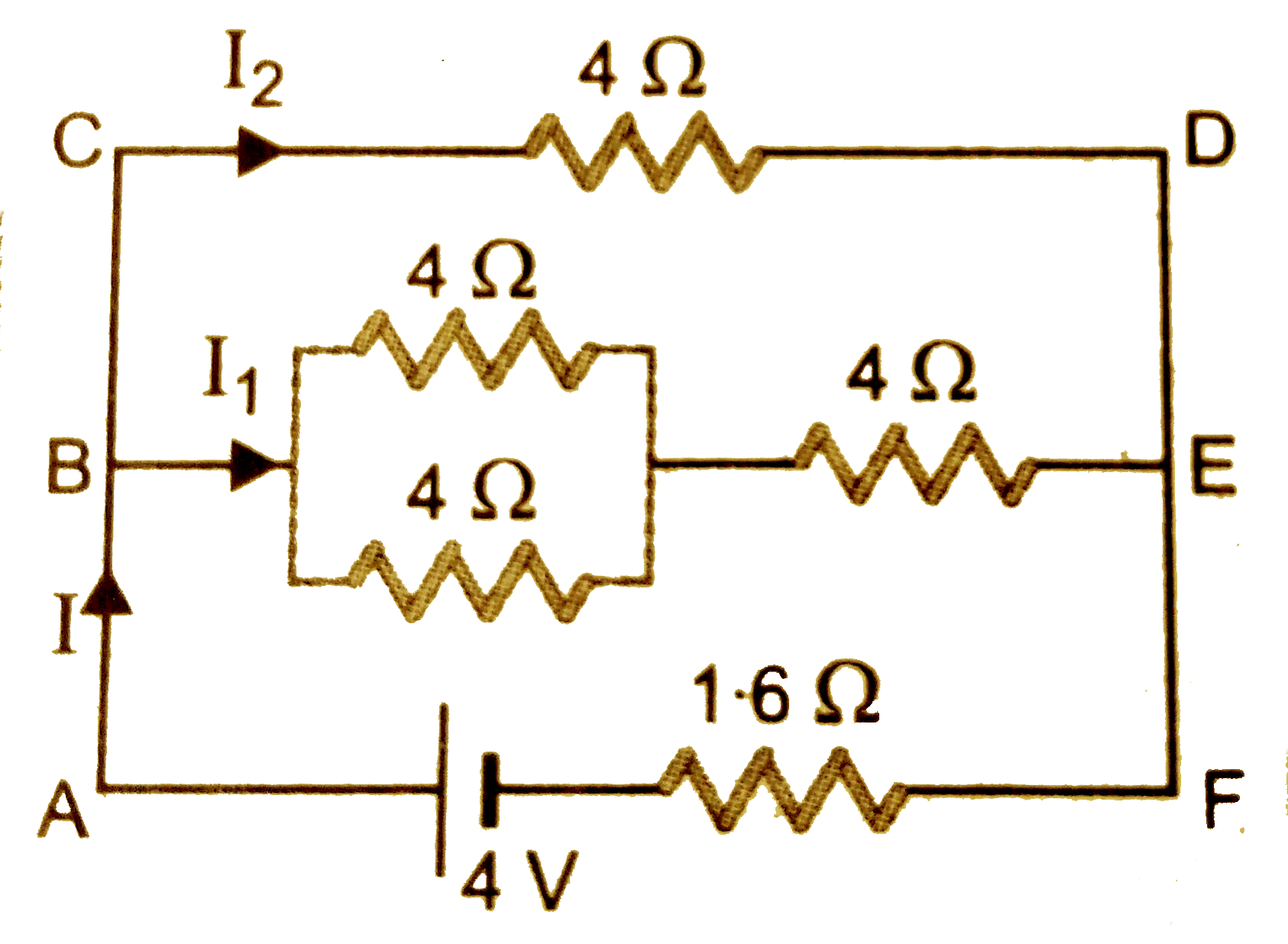Use Kricchoff's rules to find out the values of the current I1andI2 in the electrical network as shown.

Text Solution
From loop FEDAF: −20I2+80+40−40I3=0 …(i)
At junction D, applying Kirchhoff.s junctions law, we get I3=I1+I2
Substituting this value in (i), we get 60I2+40I1=+120
3I2+2I1=6 …(ii)
From loop ABCDA: −20I1+40−40I1−40I2=0
+60I1+40I2=40
I1+2I2=2 ...(iii)
Solving (ii) and (iii), we get the value of I1andI2
I2=145A
I1=−65A
|
Updated on:21/07/2023
Topper's Solved these Questions
- BOOK - MODERN PUBLICATIONCHAPTER - CURRENT ELECTRICITYEXERCISE - Objective Type Questions (MULTIPLE CHOICE QUESTIONS) (A. MULTIPLE CHOICE QUESTIONS WITH ONLY ONE CORRECT ANSWER)36videos
CURRENT ELECTRICITY
- BOOK - MODERN PUBLICATIONCHAPTER - CURRENT ELECTRICITYEXERCISE - Objective Type Questions (MULTIPLE CHOICE QUESTIONS) (B. MULTIPLE CHOICE QUESTION FOR COMPETITIVE EXAMINATIONS)20videos
CURRENT ELECTRICITY
- BOOK - MODERN PUBLICATIONCHAPTER - CURRENT ELECTRICITYEXERCISE - REVISION EXERCISES (LONG ANSWER QUESTIONS)10videos
CURRENT ELECTRICITY
- BOOK - MODERN PUBLICATIONCHAPTER - ATOMS EXERCISE - Chapter Practice Test16videos
ATOMS
- BOOK - MODERN PUBLICATIONCHAPTER - DUAL NATURE OF RADIATION AND MATTER EXERCISE - CHAPTER PRACTICE TEST15videos
DUAL NATURE OF RADIATION AND MATTER
Similar Questions
Knowledge Check
- Question 1 - Select One
In the circuit shown, the currents i1 and i2 are
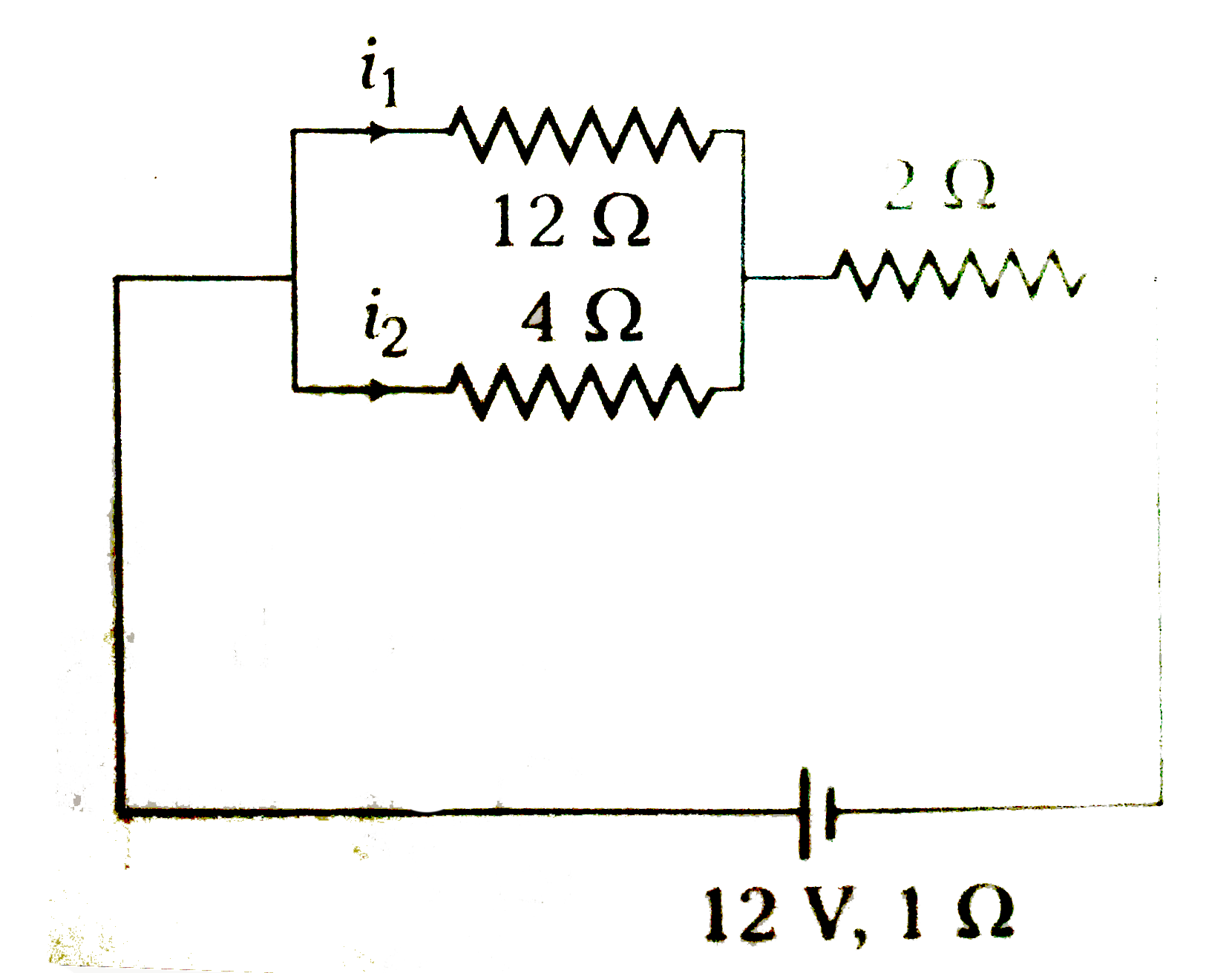 Ai1=1.5A,i2=0.5ABi1=0.5A,i2=1.5ACi1=1A.i2=3ADi1=3A,i2=1A
Ai1=1.5A,i2=0.5ABi1=0.5A,i2=1.5ACi1=1A.i2=3ADi1=3A,i2=1A
Use kirchhoff's rules to determine the value of current I1 flowing in the circuit
 View Solution
View SolutionWhat is the value of the current I in the following part of an electrical network ?
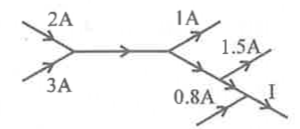 View Solution
View SolutionCalculate the values of currents I1,I2,I3,andI4 in the section of networks shown in Fig 5.64
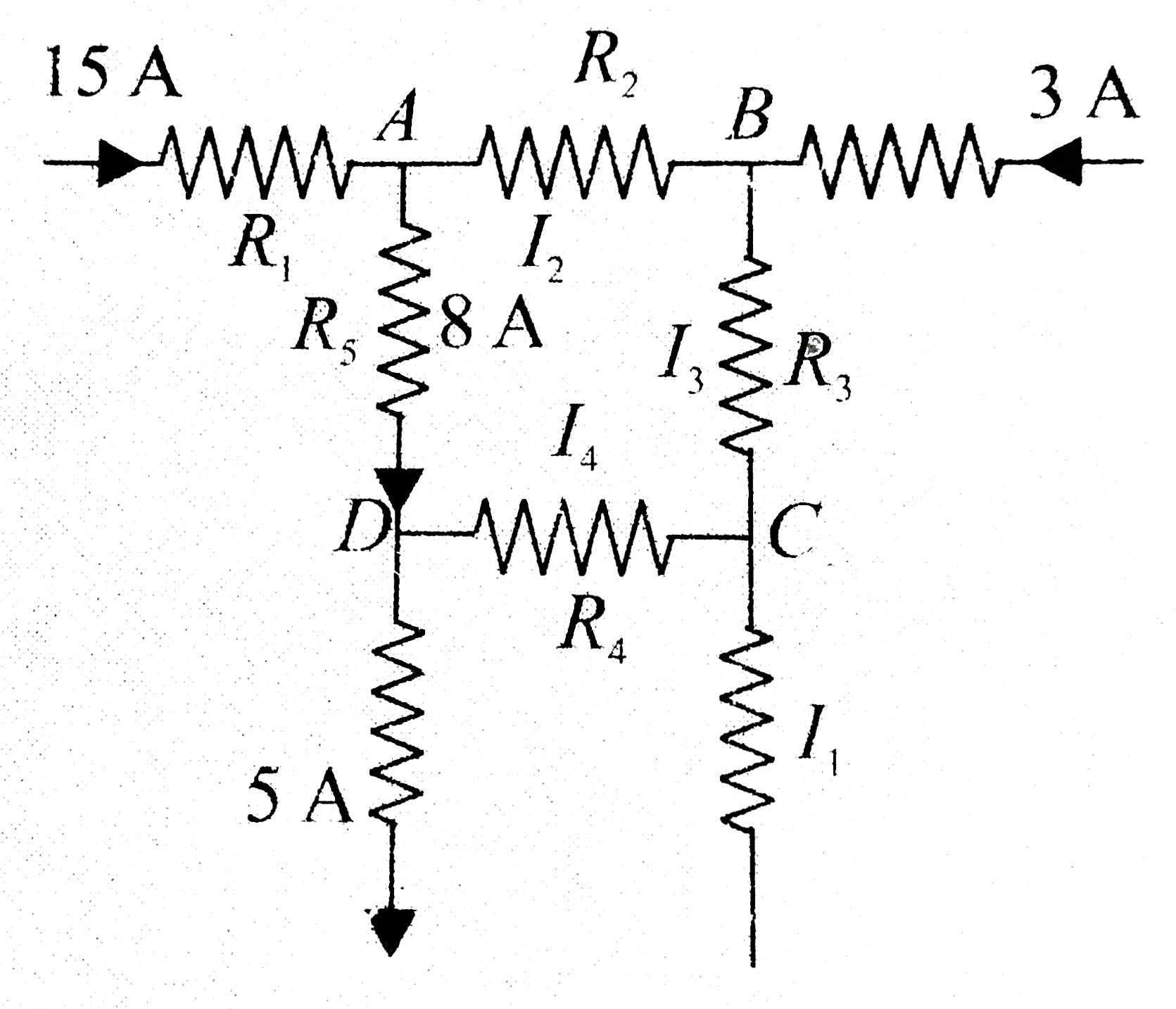 View Solution
View SolutionCalculate the values of currents I1,I2,I3,andI4 in the section of networks shown in Fig 5.64
 View Solution
View SolutionIn the circuit shown, the currents i1 and i2 are
 View Solution
View SolutionUsing kirchhoff's rules wire the experssion for the current I1,I2andI3 in the circuit diagram
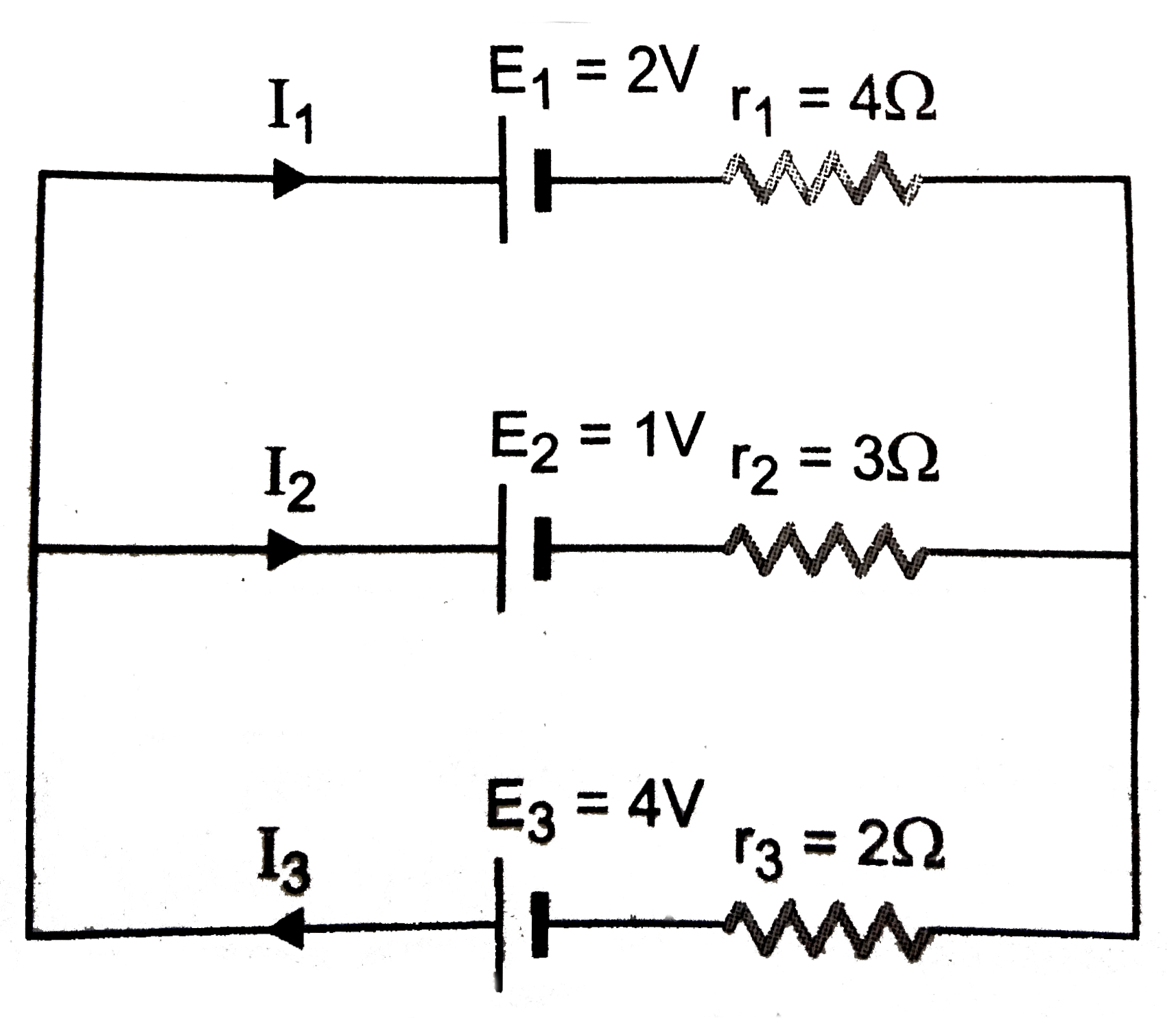 View Solution
View SolutionUsing kirchhoff's rules wire the experssion for the current I1,I2andI3 in the circuit diagram
 View Solution
View Solution


